Top Website Design Features for Homebuilders: A Guide to Digital Success
As a builder, you likely understand the importance of a strong foundation, not just in your construction projects but also […]
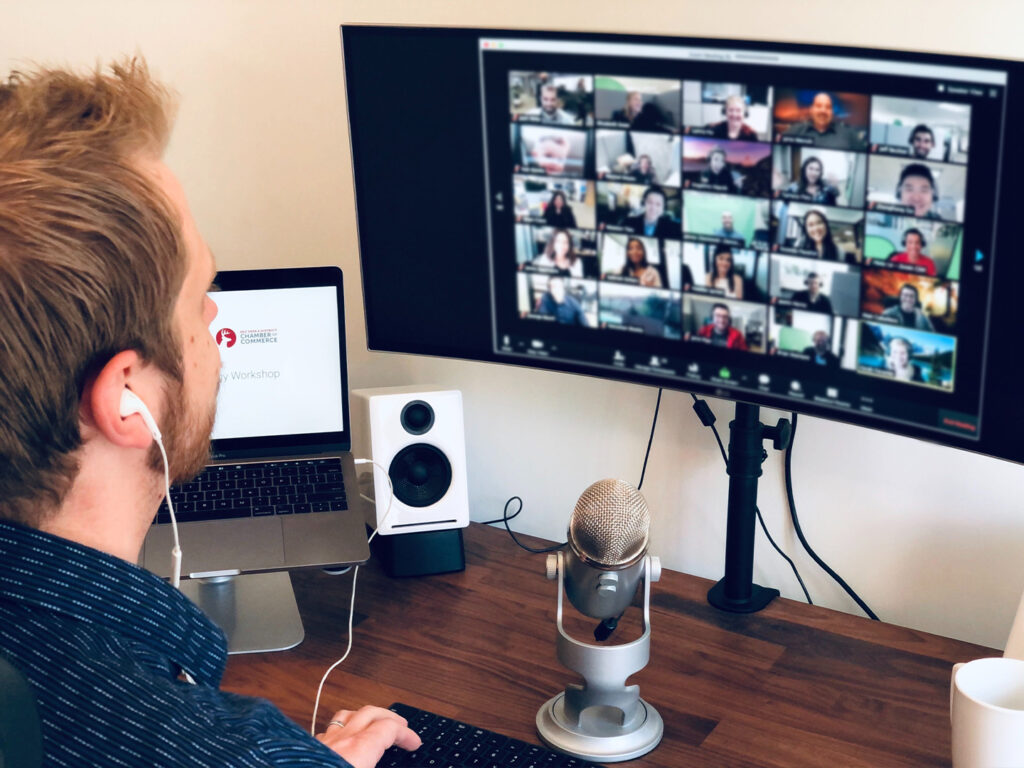
Open floor plans and spaces designed for collaboration have been a clear trend in how offices have been designed over the last few decades. We can largely thank tech companies in Silicon Valley for popularizing this as the new “standard” for the modern workplace. Look around the Reaction office and you’ll see this influence right away… although we never did get a foosball table.
Our very first office opened in 2009 and was mostly just an open space with 1 office and a meeting room. The next two spaces we called home were basically just larger (and progressively nicer) versions of that same setup.
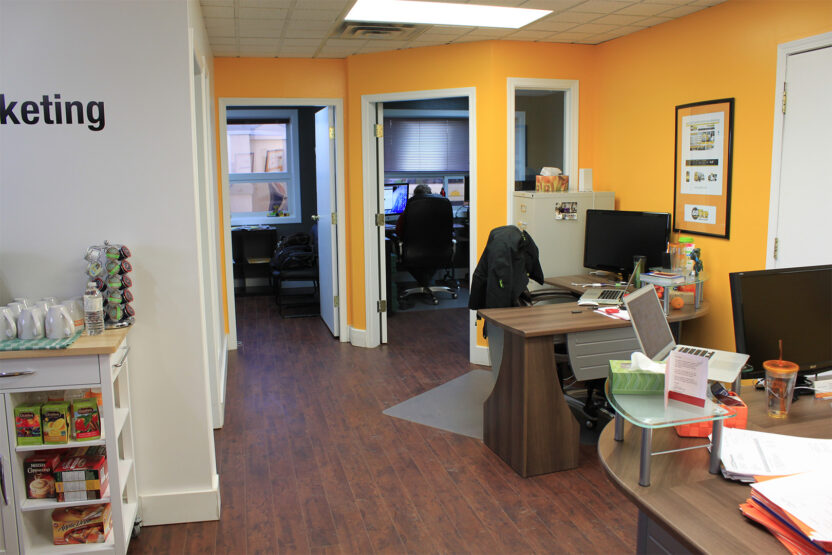
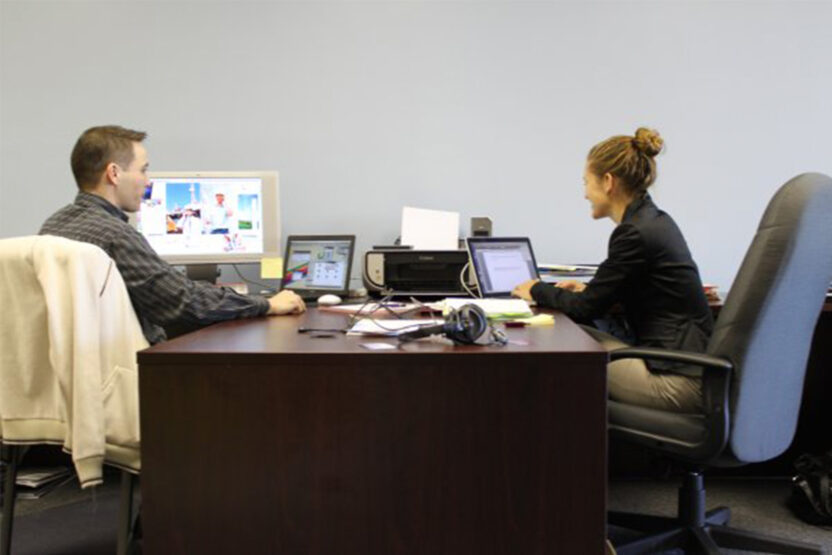
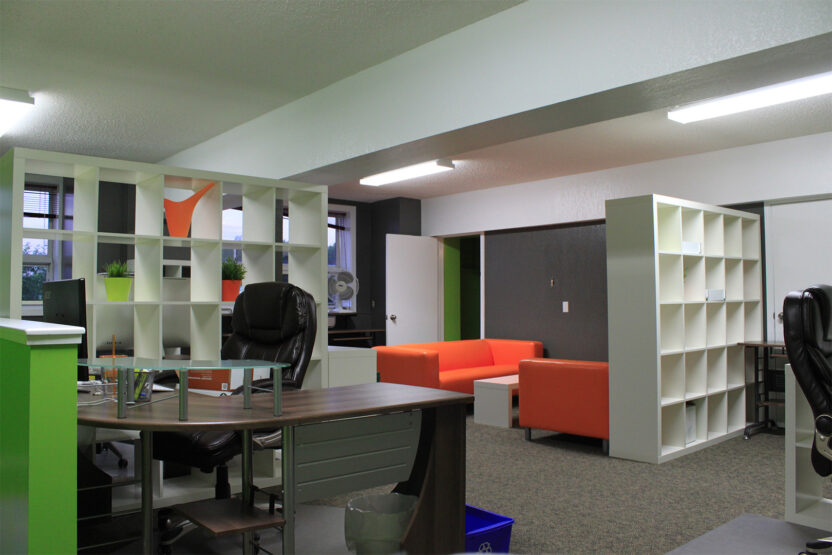
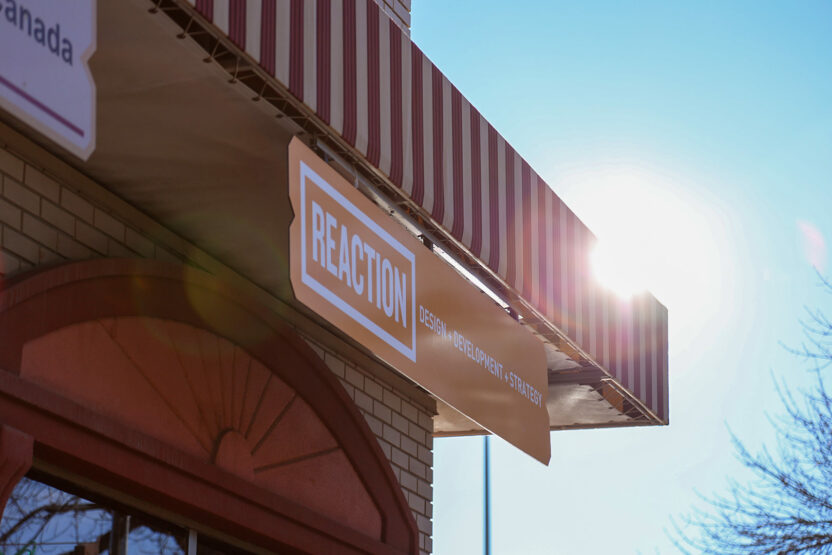
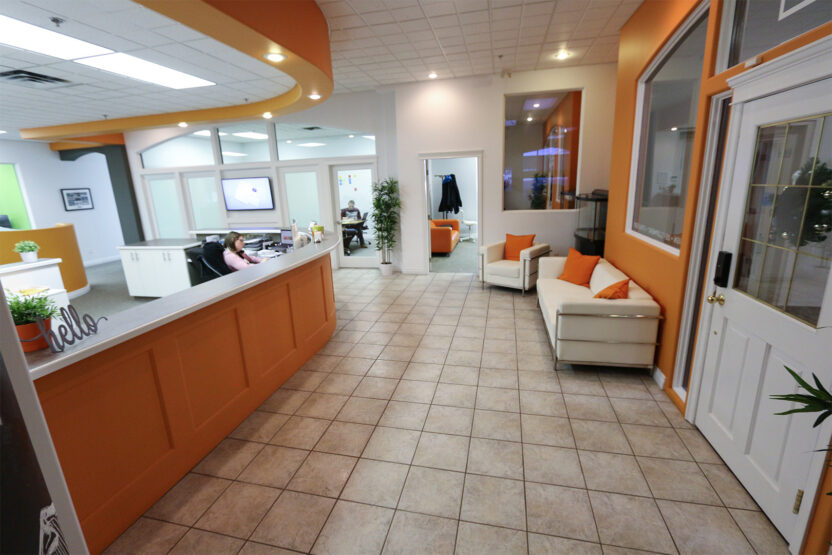
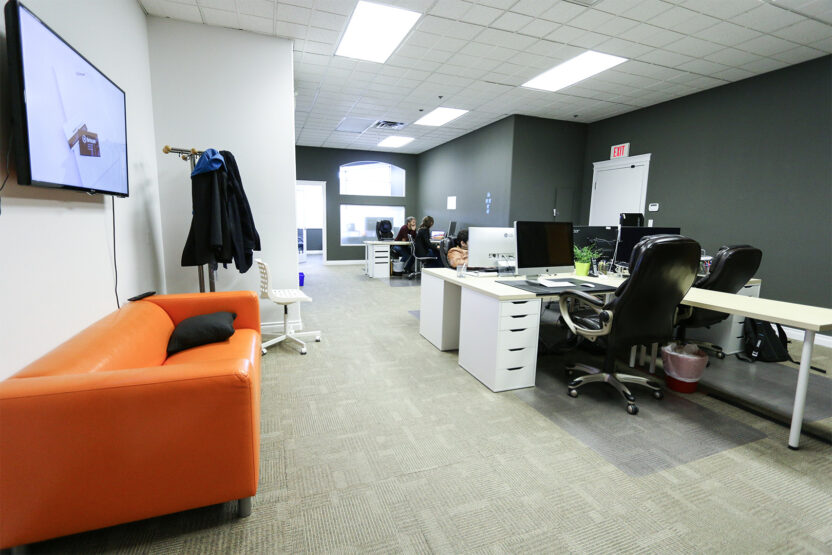
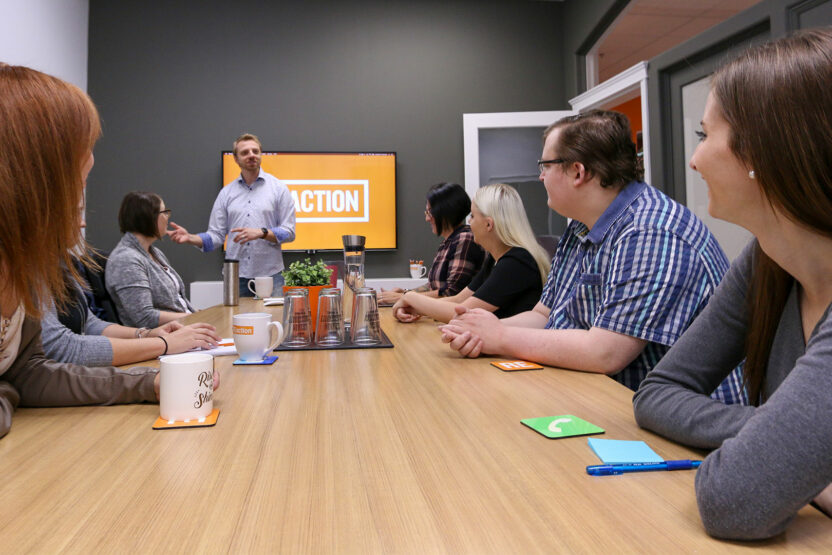
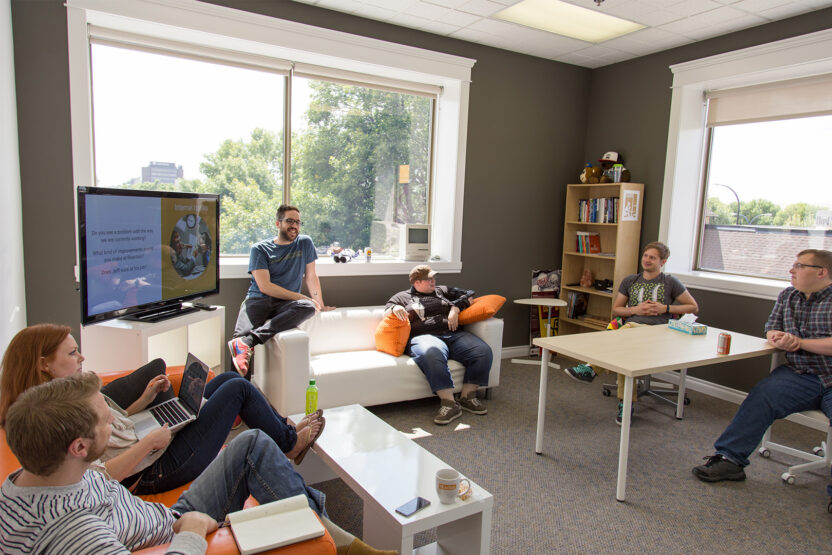
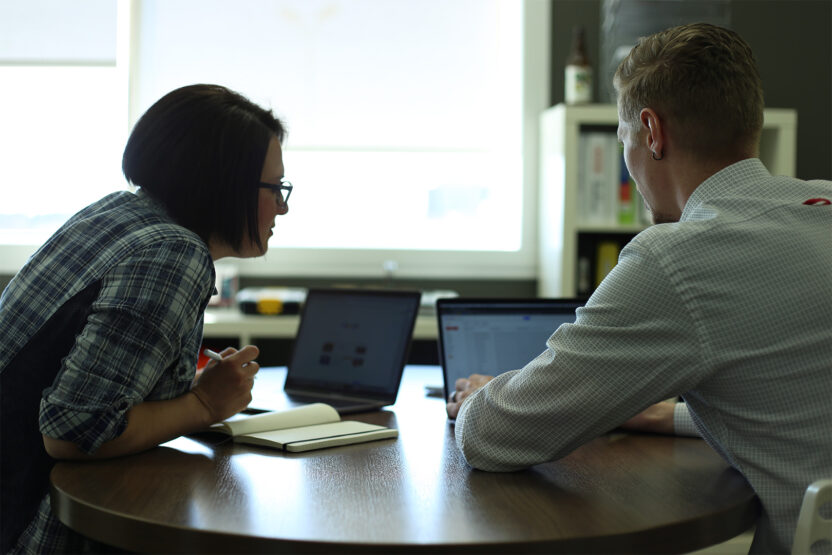
There were always challenges working in a shared space. Temperature, lighting, conversation volume, and those spontaneous meetings that just happen to be beside someone’s desk who is obviously not in the meeting. But we compromise, establish an etiquette, make rules when necessary, and everyone eventually gets noise-cancelling headphones.
We balance these challenges with the expectation that there will be a net benefit to the collaboration, productivity, and culture of our teams. Not to mention the free coffee, ergonomic furniture, socialization with work-friends, separation of work and personal life, a daily reason to get (fully) dressed, and to make sure you actually get out of the house.
These are all good reasons to work in an office but the main point of going “to work” is that you are going to a place because your co-workers are there too.
The pandemic has forced many companies to innovate, adapt and shift towards more digital ways of doing business. It only makes sense that the places we use to do that business would be changing too.
A recent survey of 2,000 office workers said they felt that their company needed to make changes to their physical environment to provide more personal space and ensure their safety at work. Half of all the respondents also said that they no longer felt that an open office was conducive to their health and wellness.
Any return to work before a vaccine is available will have employees socially distanced, possibly masked, and the places where people normally collaborate (meeting rooms, the lunchroom, around the watercooler) will likely be off-limits.
After investing all of the time, money and effort to bring our people closer together, 2020 could be the year that starts making the modern office as we know it a thing of the past.
Office planners will certainly take this chance to re-envision the workplace: new cubicle designs, touchless entrances, disposable desk mats, air filtration systems, UV lights in the ceilings, and carpet designs to help with social distancing. Some companies are even implementing their own testing systems, contact tracing devices, and require temperature checks for all employees and clients. It all sounds quite grim, time-consuming, and expensive.
There is another option to renovating and reimagining our office spaces. Just don’t go back to the office at all.
In many ways, the coronavirus has accelerated trends that were already in motion. Companies are always looking for ways to reduce overhead, employees are looking for more flexibility, and the opportunity to work with team members and clients from around the world is more accessible than ever.
At Reaction, we’re taking an intentionally slow approach to getting back into the office and will be working from home until the end of 2021. And we may never go back.
That means we’ll be shutting down our office space as we know it today and if we do feel the need to have a physical space to work and collaborate, I’m certain it will be a very different environment from what we have today.
We can’t go back to life before COVID-19. Our only option is to move forward, adapt as we go, and innovate when needed. And, for the time being, that means more video calls and virtual happy hours.
As a builder, you likely understand the importance of a strong foundation, not just in your construction projects but also […]
Imagine this: a potential customer visits your website for the first time. What do they see? A vibrant, unique, and […]
We’re living in an era where an optimized digital presence is not just an option but a necessity for business […]
It’s been said thousands of times that “your website often serves as the first point of contact with potential customers.” […]
Search engine optimization (SEO) stands as a beacon in reaching a broad audience. If your goal is to enable potential […]
As businesses increasingly rely on their website to engage with their audience and drive growth, the importance of effective website […]
Not your typical email newsletter with the same trending headlines. Our Digital Brief is a hand-selected shortlist of some of the best content online that will help you start making big things happen.